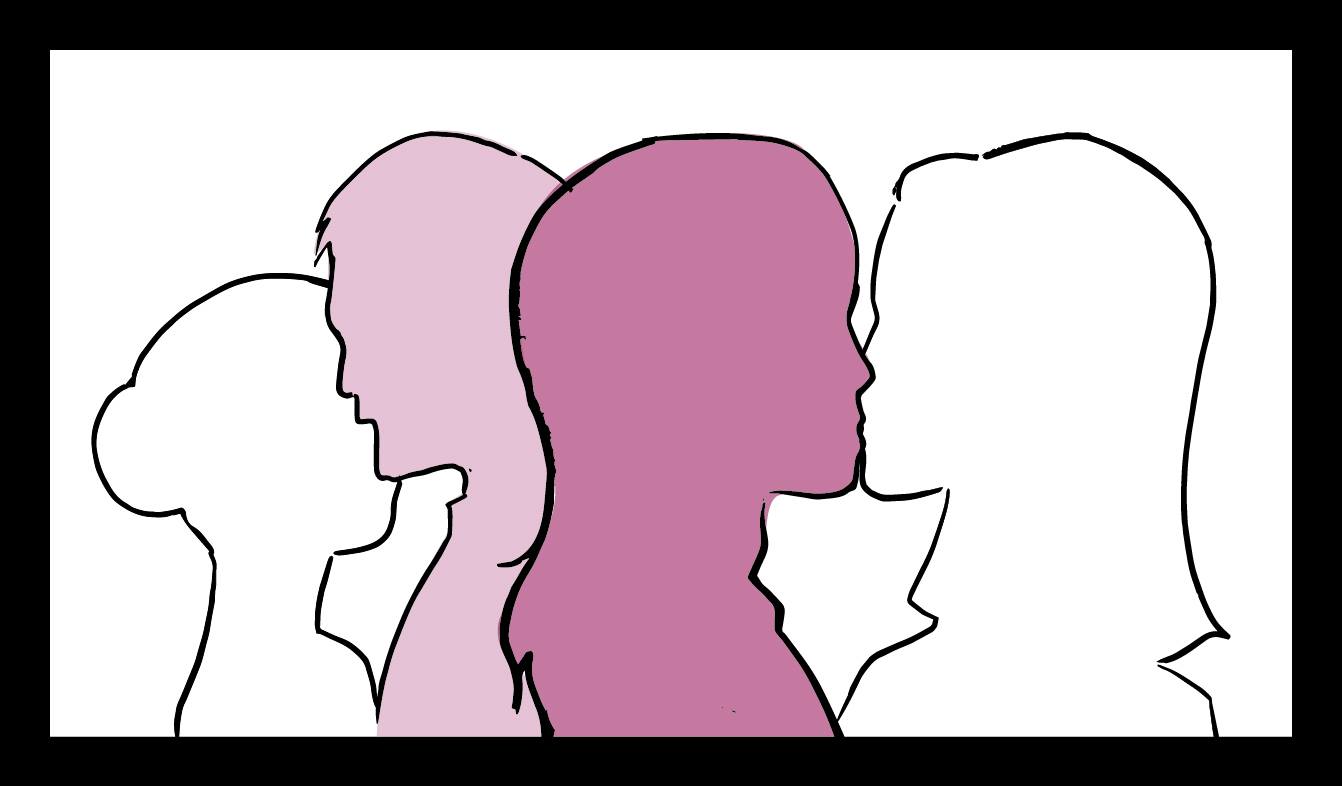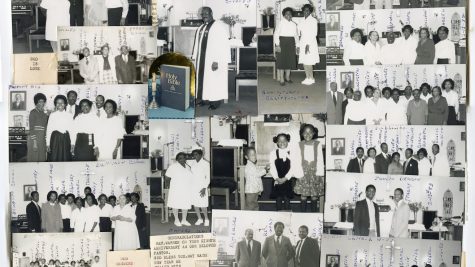Review || Film: “The New Girlfriend,” A Political Miscalculation
The protagonist of François Ozon’s The New Girlfriend loses one friend and gains another when her deceased best friend’s husband begins to transition from male to female.
Laura (Isild le Besco) and Claire (Anaïs Demoustier) were inseparable until Laura’s premature death. Her loss is a void Claire cannot fill until she unexpectedly finds David (Romain Duris), Laura’s husband, dressed in his wife’s old clothes.
At first, it is like a whimsical game, allowing David to live out a fantasy he put aside when he married Laura. But soon it becomes more serious, and David realizes that he is far more comfortable as Virginia. Virginia needs Claire, but Claire isn’t sure how far she is willing to go and how much she can accept.
Despite the emotional turmoil of David’s decision, the film isn’t really about him. It’s Claire’s story.
It’s her journey of love, loss and self-discovery. And so she is the lens through which we regard Laura and David, and ultimately Virginia. Claire is a bit narrow-minded, a little self-absorbed, and quite honestly, not particularly likeable. But she is also grieving for the person she loved most in the world, and struggling to come to terms with the exact nature of that love.
To that end, this is a story of healing and renewal. The problem is, the conversation around transgender identities is still too new and too raw to be relegated to mere plot device.
At this point, it is almost impossible to count the number of transgender people murdered in the United States every year, much less around the world. The best estimates don’t even take into account the fact that 41 percent of transgender and gender-nonconforming individuals attempt suicide at some point in their lives, according to the National Transgender Discrimination Survey.
This means that in 2015, every representation of the transgender community is loaded. For some outside that community, it is perhaps the only depiction of trans people that they will ever knowingly encounter.
While Duris does a beautiful job as an actor, Virginia’s character itself is flawed. The ease with which she changes in public bathrooms is unrealistic considering that trans women are some of the most vulnerable people in America today, subjected to daily abuse, physical and verbal harassment—at least 20 have been murdered in the United States so far this year. The enthusiasm with which she begins her transition suggests a need that has been suppressed for years, yet she never mentions any of the conditions transgender people often experience: depression, self-loathing and self-harm.
Furthermore, Virginia represents a cliché version of women in that she is incredibly feminine, taking great joy in dresses, makeup, shopping. That’s all well and good, but in 2015, this portrayal is not necessarily reflective of what the majority of women like or don’t like, how they act or don’t act. Virginia turns out to be a very archetypical woman, lacking the depth of a truly well-rounded character.
Unfortunately, the truth is that some moviegoers will see her and equate her with every trans woman they know or will meet, which should have obligated Ozon to present her in a more realistic, relatable way. Instead, he casts Virginia in a stereotypical light that ultimately pressures real-life women to strive for an oppressive standard. This ultimately compels them to be extra feminine in order to be accepted in society, even if that isn’t how they identify. There are some women, trans and cisgender alike, who prefer plaid shirts, work boots and monster trucks. That doesn’t make them any less womanly.
The film’s most laudable moment, though, comes when Virginia and Claire take their relationship one step further, making an important distinction between gender and sexual orientation. A woman can be trans and gay, trans and straight, cis and gay, cis and straight. But even so, their relationship still feels a little forced, almost as if they both are using the other as a stand-in for their beloved Laura.
This was not by any means a terrible film—some moments were moving, and the cinematography was excellent—but it was a political miscalculation on Ozon’s part. The fact is that I would have written a very different review if my friend, who is trans, wasn’t sitting beside me, cringing the whole time.
As a cis person, I would have been oblivious to the myriad of ways in which a gay man can err in attempting to portray the trangender community. This makes me representative of the thousands of other cis people who will watch this film and pat themselves on the back for being so progressive, for thinking they now understand what it means to be trans.
At the end of the day, we won’t. We can’t possibly understand, but we can still work to make everyone feel safe and comfortable in society. Ozon’s film is cute, but it caters to that thoughtful, accepting audience that should exist, that may even exist within our lifetime, but not the one that actually does.












